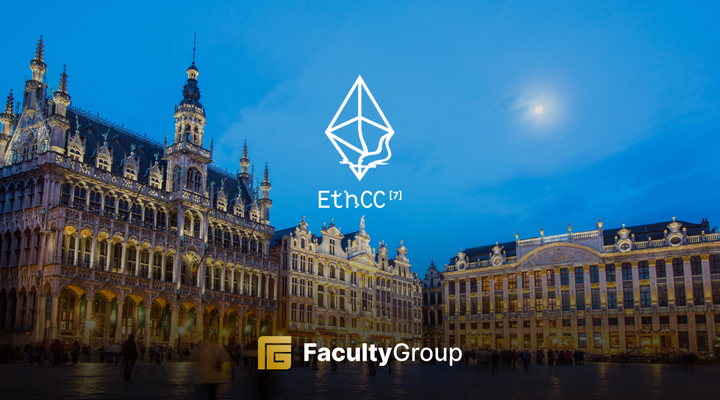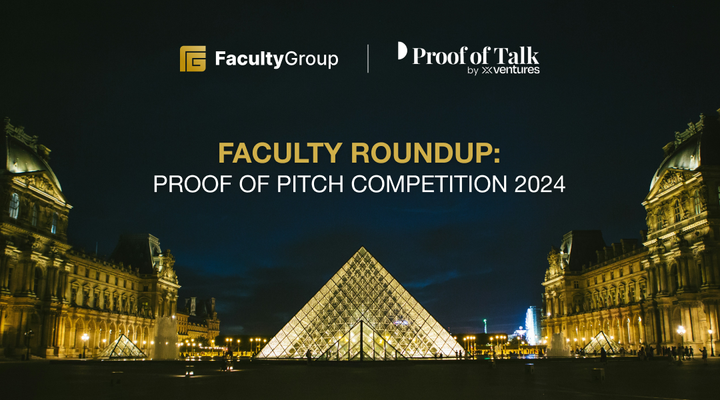The Bridge: The Art of The Possible

Buyers and sellers of securities today are allowed two days after a deal is executed to finalise it, giving the participants time to deliver the money or the goods. Globally, there is a move to shorten the cycle to a single day, so-called T+1. This has been driven by recent violent market swings, combined with the meme stock craziness seen in 2020 and 2021, calling into question the ability of brokers to meet volatility-related capital calls from its clearing house. The logic behind the move is based on the fact that faster settlement reduces the capital brokers’ need to put up in collateral, a systemic ingredient in the way securities are currently traded and settled. Less capital means less risk… or at least that’s the theory.
When it comes to improving the efficiency of public markets, such markets operated by national exchanges and MTFs are already highly efficient. However, for years it’s been argued that the T+2 settlement model for securities and the current legacy financial markets infrastructure (Legacy FMI) is outdated, complex and fragmented. It results in expensive, inefficient and disconnected market infrastructure (to conduct a trade, one needs direct or indirect access to at least 4 FMIs, 4 types of intermediaries, a range of information sources, networks and interfaces in an industry that has automated manual procedures), leading to a high cost of capital, excessive counterparty risk and multiple points of failure.
A Legacy System enmeshed in Flaws and Inefficiencies
The shortfalls of the current FMI, T+2 system, are numerous. In fact, the contract concluded between buyer and seller may never be honoured. This is a basic flaw; the current FMI model is fragmented, inefficient, open to malpractice and expensive. Price formation and liquidity discovery can still be improved and there’s a lot of room for improvement in the post-trade process; counterparty risk remains unresolved both within the system and outside trading hours; the T+2 settlement model is outdated as it cannot deliver settlement certainty. No amount of further electronification of this model can achieve the efficiencies T-Instant promises — sell-side members lock up their own capital (as principal) to support their clients with CCPs (Central Clearing Counterparty), requiring higher risk-weighted assets (even though the clients have deposited assets in whole or collateral with the members). In the event of a financial crisis, the taxpayer remains the capital provider of last resort; CCPs do not guarantee settlement and when using the default waterfall, the solvency queue is neither transparent nor obligated to achieve fairness; costs and fee structures are high; middle and back-office headcount is expensive and do not achieve end-to-end reconciliation across the industry.
SBL (Securities Borrowing and Lending) is currently an expensive and relatively manual process, is not universal, and operates as a post-trade/middle-office function; there is no guaranteed immutability which could create a difference between solvency and insolvency during a financial crisis; insufficient pan-jurisdictional interoperability exists between exchanges and CSDs (Central Securities Depository), and multiple failed trades lead to real replacement cost risks and investor relations issues.
The public capital markets have not only failed to grow their capital issuance base since the 2008 financial crisis, but they still fail to lower the cost and access to capital for private companies. Once a company goes public, the current structure can create a significant disconnect between Issuers, Shareholders and Customers, denying issuers many of the multiplier benefits of being public. The current model cannot optimise and cross-sell shareholder and customer engagement.
The Reality of a Potential T+1 vs T+2 Settlement Cycle
It is uncertain whether T+1 eradicates these inefficiencies. It would appear on the surface that there is minimal optimisation of capital in a one-day-reduced settlement cycle where there remain high levels of failed trades and the requirement to post principal capital when acting as agency brokers. If anything, the dichotomy adds basis points (bps) to the cost and commission rates and creates opportunity costs. Settlement discipline regulations recently implemented in Europe mean CSDs are forced to fine brokers for failed trades, inevitably leading to forced ‘buy-ins’ to close the trades, pushing costs up further. Higher costs can lead to lower liquidity.
There is growing evidence that the only solution is instant settlement on the appropriate digital financial markets infrastructure technology platform (“DFMI”). This is precisely what we are on track to achieve at VLRM with The Bridge DFMI.
The Bridge is opening up the Power of Now
Through The Bridge’s range of Market Boards and instruments, price formation and liquidity discovery are set to be improved. Securities and currency lending (supply) will be able to be added algorithmically to the SBL/CBL marketplaces, to light up supply and be available on a just-in-time basis to short sellers in the regular lit and dark boards.
In terms of risk mitigation, during trading hours, The Bridge DFMI is designed to manage securities and currency positions inside its trading engine, confining the terms ‘counterparty risk’ and ‘replacement cost risk’ to the archives by uniquely delivering irrevocable and unconditional settlement finality simultaneous with trading, even when shorting.
A pre-funded trading model that supports shorting is arguably the only efficient way to resolve the issues endemic to the current structure. It is also vital to being able to cut down the number of activities, risks and personnel required to perform an end-to-end trade. As a single coherent system, all sorts of benefits arise. Firstly, the model is entirely legally defensible, based on universal time-stamping of settlement at the point of trade (‘when you trade you settle’). Secondly, market participants can utilise all funds, assets and trading styles (including shorting) on a single exchange and utilise them instantly, collectively and anonymously, without counterparty risk or settlement fails.
This is not only a technical solution, it is a re-design of the entire end-to-end structure of the financial market infrastructure, spanning trading, clearing, settlement, CSD and regulatory, to maximise efficiencies and unlock breakthrough innovation without compromising legal certainty. A T-Instant model drives efficiency.
Tokenisation is moving forward with The Bridge
The evolution of tokenisation is opening up the opportunity and the innovation to pivot to the T-Instant solution. However, tokenisation is not yet fully understood or accepted by the financial services industry as a mainstream medium for issuing, holding and transferring assets. So while this comfort grows and regulators continue to look at ways to adopt DLT technology within the financial services industry, tokenisation must continue to grow in parallel with the existing legislative and regulatory framework and the existing FMI technologies.
Designed and developed over a number of years, Version 1 of The Bridge is targeted for completion this year and will deliver a full-stack solution that supports the issuance, trading and settlement of digital securities and digital assets. This bridges the gap between the innovation in financial technology deploying blockchain and the legacy structures of capital markets - hence its name.
The Bridge is planned to be available as a white-label solution for exchanges, marketplace operators, financial institutions (brokers, investment banks & asset managers) and CSDs (digital registry and settlement systems). After the launch of Phase 1, VLRM’s vision is to develop on-chain Centralised Securities Depository (CSD) functionality, enabling ‘T-Instant’ settlement of digital securities at the point of trade.
Taking this technology forward, VLRM Markets will seek to open and operate marketplaces to support the issuance and trading of tokenised securities and real world assets to enable the primary issuance and secondary trading of public securities and assets such as Private Company security tokens, Investment funds; Gold; Art; Luxury goods & Royalties; Forestry and Carbon Credits etc, subject to the jurisdiction and regulatory requirements. VLRM’s ‘V-Wallet’ app will provide a unique portal for VLRM’s customers to access our RWA marketplaces; staking and voting utility of VLRM’s own GATE Token; and e-money vendor connection for fiat-enabling and card-based payments.
Our mission is to provide ‘The Bridge’ to any institution that wants to seize the opportunities of tokenisation, but also to build marketplaces in real-world assets and traditional securities from traditional exchanges.
In a world where tomorrow’s financial consumers may have only ever traded cryptocurrencies with T-Instant settlement and 24/7 trading, it is time for traditional markets to wake up to their expectations of on-demand services, especially when it comes to financial services and digital assets. Now is the time to close the gap between traditional market structures and the possibilities offered by on-chain settlement and make the future of finance a reality.
About VLRM.com
Valereum (VLRM) is a multifaceted fintech company unlocking capital in digital markets. Split into four business Verticals , Valereum is creating value in digital marketplaces through the operation of a licensed exchange for issuing and trading tokenised securities and assets. VLRM Markets utilises its VLRM Bridge technology platform to facilitate this, laying the foundations for a real world asset (RWA) marketplace for investment funds, private companies, and more. VLRM Capital fuels growth through strategic investments, while VLRM Technology delivers innovative solutions for tokenising capital markets. The GATE token, the key to the ecosystem, is used for fees, staking, and governance. With V1 of "The Bridge '' launching in Q4 2024, Valereum's vision is to be a leader in the future of finance.
For more information please visit, www.vlrm.com








